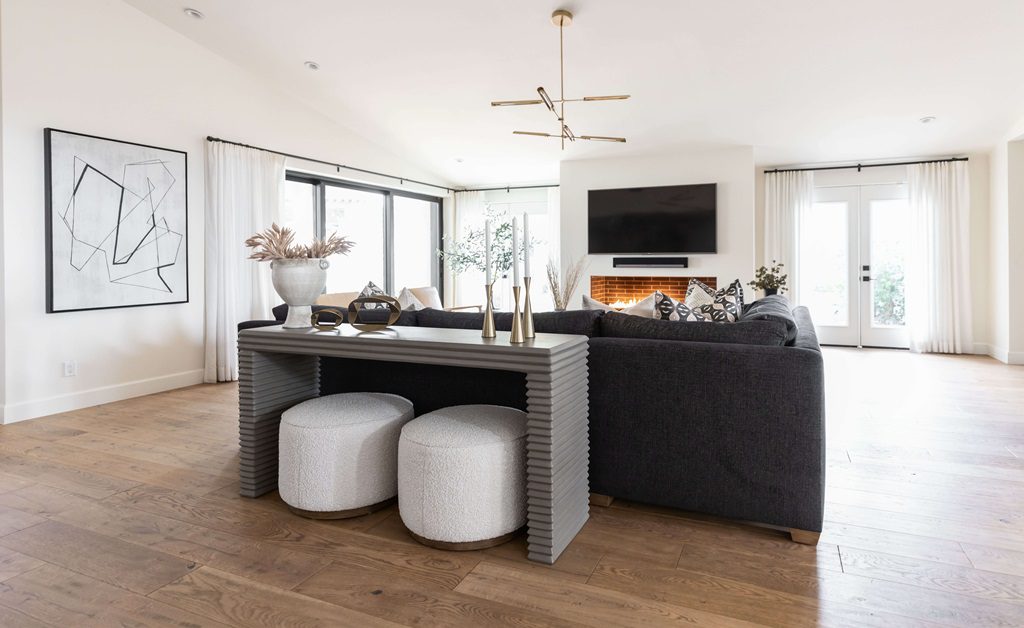Your home significantly impacts your holistic health. It’s not just a habitat; its design and arrangement can profoundly sway your mental, physical, and emotional health. From natural light exposure to your choice of furnishings and decor, every detail can either improve or undermine your wellness. Discover how a well-designed home can pave the way for a healthier you. A home needs to be healthy to truly support your well-being.

The Power of Sunlight
The health-wise benefits of sunlight in the home are undeniable. Natural light exposure has a direct correlation with enhanced moods, superior sleep rhythm, and even heightened productivity. Broad windows, carefully positioned openings and skylights permit plenty of sunlight to pour into your living quarters, providing you vital vitamin D and fostering well-being.
If sunlight is scarce, consider daylight-like LED lighting for a similar effect. This aspect of wellness interior design ensures your home supports your health effectively.
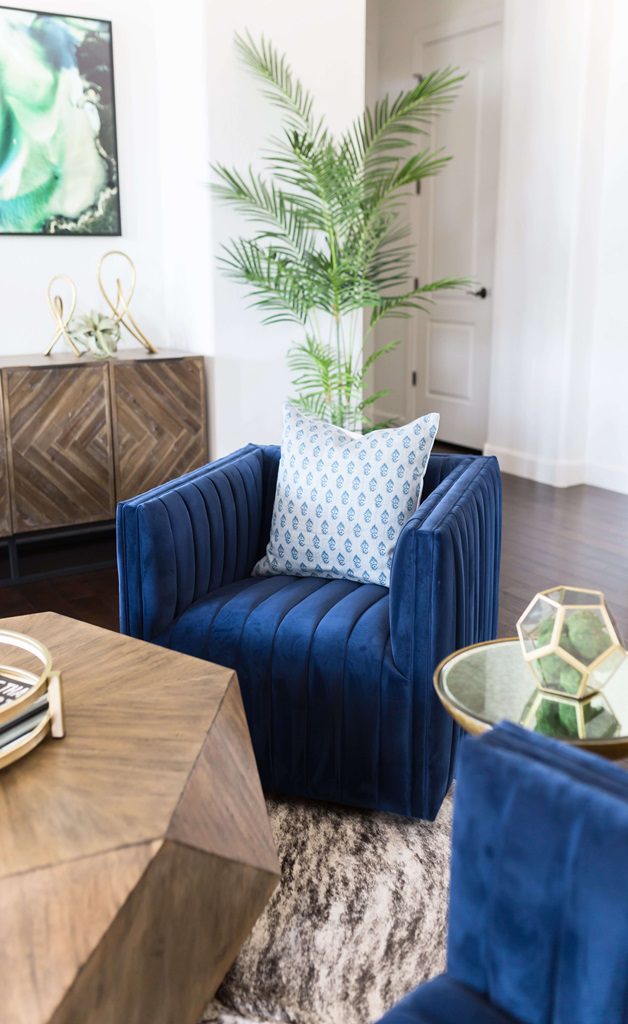
Indoor Air Quality and Ventilation
The foundation of a health-oriented home lies in good air quality. Impaired airflow and indoor pollutants such as dust or mold can impact your respiratory health and overall energy levels. Open layouts, cross ventilation and HVAC systems with top-notch air filters ensure that your home enjoys fresh air circulation.
Additionally, adding indoor plants like ferns or peace lilies purify the air and enhance the aesthetics of your space. For those considering renovations, remodeling contractors in Scottsdale, AZ, can assist with creating healthier spaces tailored to your needs.
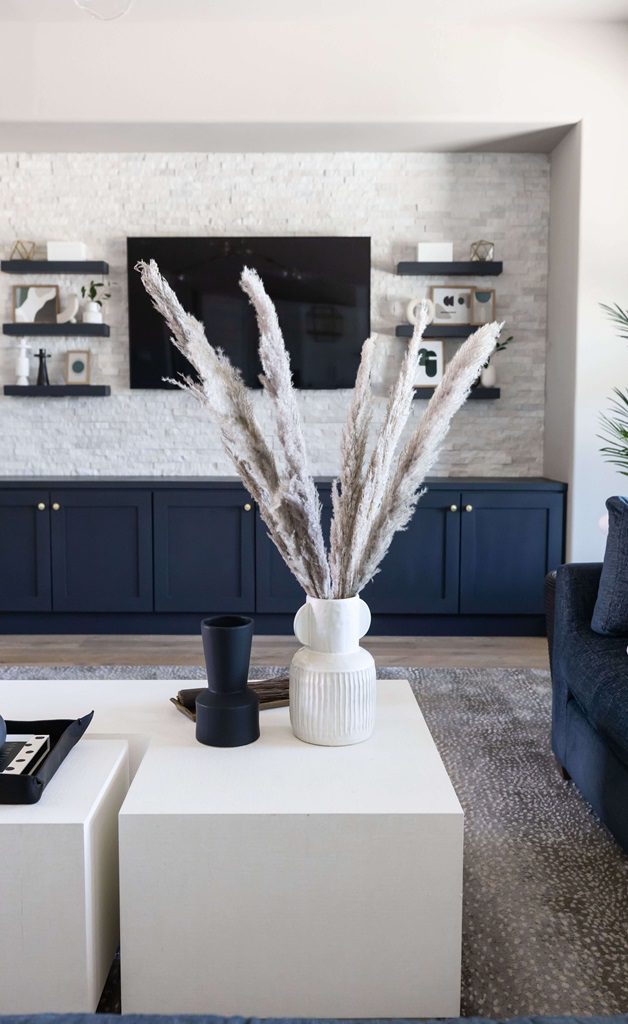
Design and Space Management
The organization of your living space directly influences your physical health. Furniture and layouts prioritizing ergonomics minimize the strain on your body, especially in spaces where you tend to spend more time, such as your workspace at home. Height-adjustable desks, comfortable chairs, and organized, uncluttered setups help maintain good posture and fluid movement. Well-planned spaces can also boost mental focus, facilitating relaxation and concentration. This is a perfect example of interior design for wellness in action.
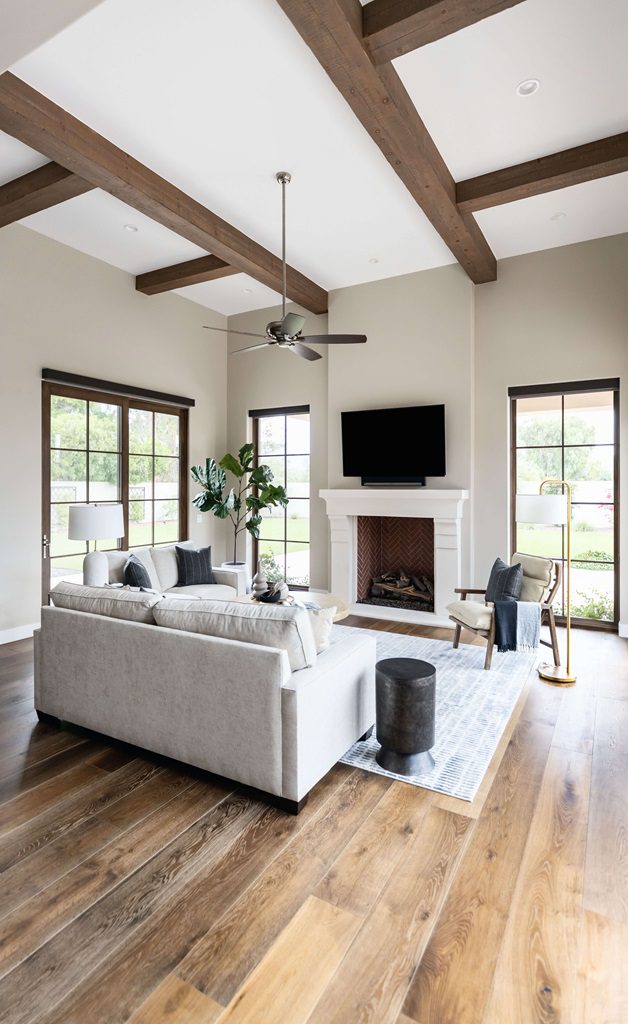
Infusing Personal Narratives and Storytelling
Integration of Nature Indoors
Incorporating outdoor elements indoors can dramatically affect your mental and emotional health. Indoor flora, organic wood features, and water structures create a tranquil setting that links you with the natural world. Research indicates that including greenery in your home decreases stress and nurtures a sense of tranquility. Even minor additions, such as a green wall or a collection of potted herbs in your kitchen, can bring about significant changes. These healthy interior solutions are simple but impactful in promoting a peaceful atmosphere.

Eco-Friendly and Non-Hazardous Materials
The materials you select for your home design are critical. Toxic chemicals in paints, flooring or furniture can emit dangerous compounds into your living environment, jeopardizing your health over time. Choose non-toxic, low-VOC paints, sustainable timber and organic fabrics for a purer, eco-conscious home. These decisions not only make your home healthier, but also benefit the larger environment, creating a sense of purpose and responsibility. This approach illustrates how home design promotes a healthy lifestyle by aligning your choices with your well-being.
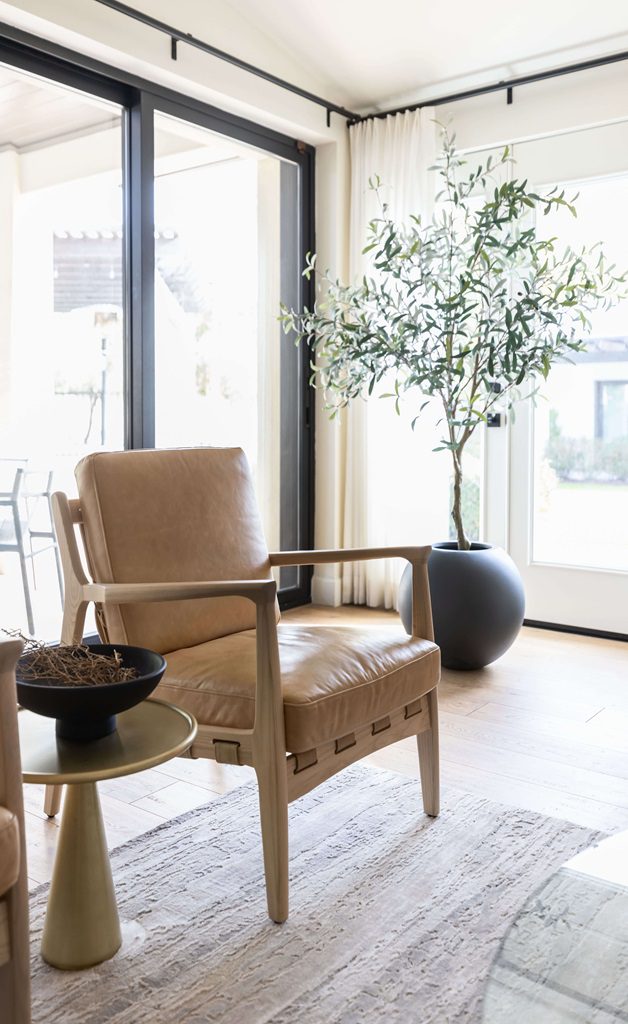
Summary
Every facet of home design presents a chance to foster a space that nurtures your health. By prioritizing natural light, fresh air, ergonomic structures and sustainable materials, you can transform your home from a cozy abode to a sanctuary that enhances your health and contentment. Begin making conscious design decisions today, and witness your home revolutionize your lifestyle.
Learn More: Incorporating Mental Health Awareness Colors Into Home Design

Lauren Lerner is the founder of Living With Lolo, a nationally recognized Scottsdale interior designer and an Arizona licensed general contractor. She is celebrated for creating luxury homes that are warm, livable, and deeply personal, blending thoughtful design with seamless construction and curated furnishings. Recognized as one of Arizona’s top interior designers, Lauren has worked with celebrities, athletes, and executives across the country. Her work, known for its elevated yet inviting style, has been featured in multiple national publications. Guided by the belief that great design should feel as good as it looks, Lauren transforms houses into homes that truly reflect her clients’ lives.
